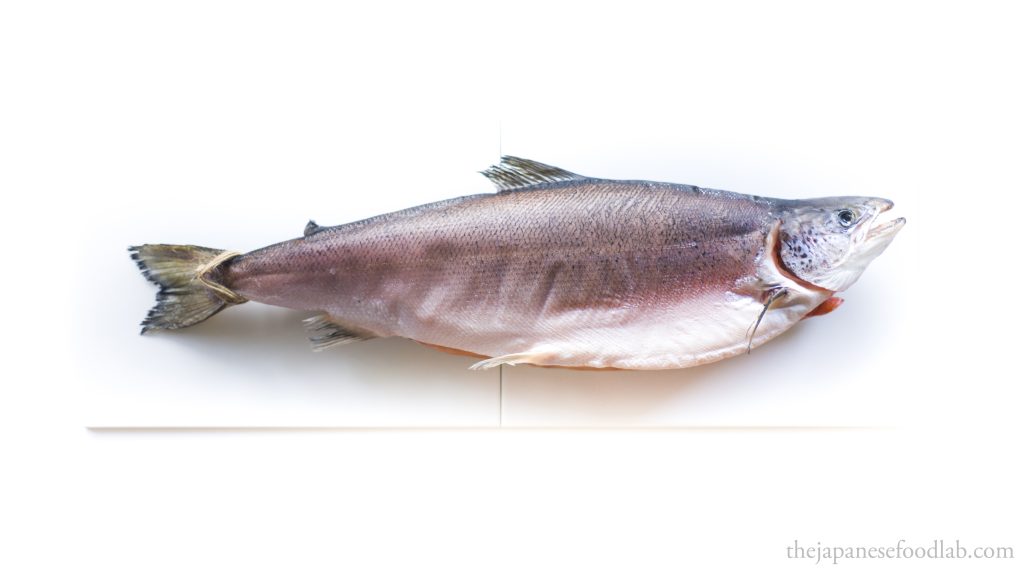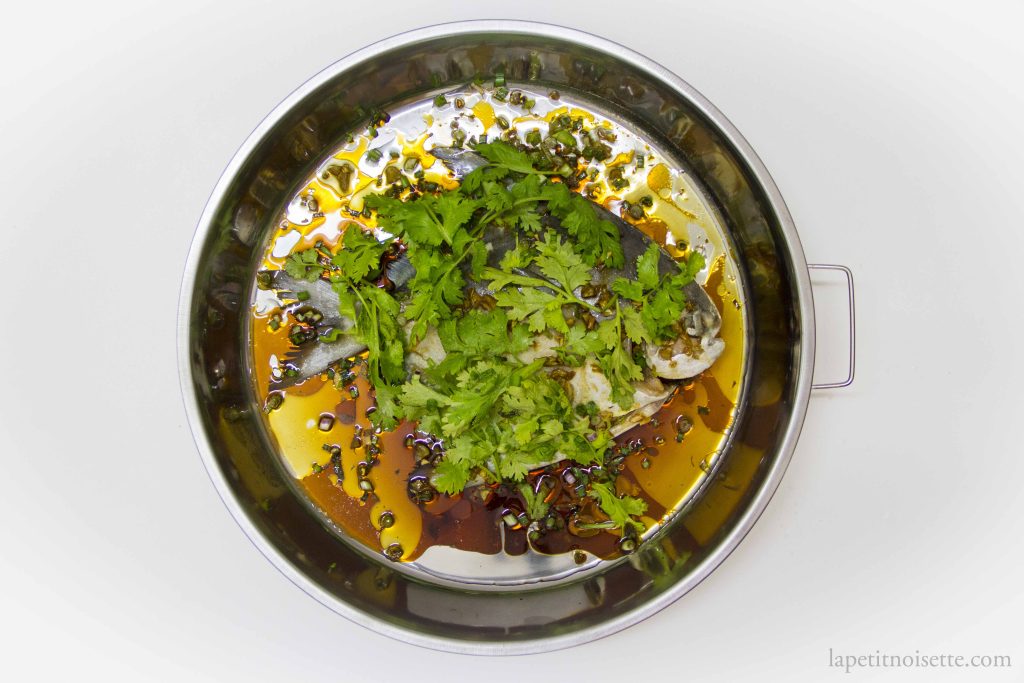
We are not keen on the currently pushed marketing narrative that ‘fresh is boring’, and strongly believe that dry aged fish is in no way superior to fresh fish. In our opinion, the development of dry aged fish techniques simply adds to a chef’s repertoire, providing them with more options on how best to present their interpretation of an ingredient.
Taking the humble fish and chips as an example, everyone’s childhood memory was eaten on a day out at the beach. While it is possible to use dry aged fish in this dish, we feel it detracts from what this dish is really about simply comfort food without any unnecessary fanfare. Taste-wise people want heartwarming light and fresh flavors in their fish and chips- tender, flaky and with a hint of natural sweetness.
It can totally be made with dry aged fish, yielding an equally good meal but with an emphasis on a different taste profile- a more crispy and firm bite, accompanied by a savory and butter afternote. Taste-wise it’s not better or worse than the fish and chips made from fresh fish in any objective manner, it’s just different. But we feel it takes away from an eating experience that’s so intertwined with childhood nostalgia. Don’t forget that such a dish would also cost twice or triple the price of one made from fresh fish.
Take sushi as another example. Whilst some people have chosen to go with the latest food trend and use dry aged fish for sushi, we think that fresh fish or a short wet-aging is more appropriate for preparations that require more delicate flavors like sushi and sashimi, whereas dry aging fish is more suited for preparations such as curries and stew that require more bold fish flavors to balance out the dishes.
Controversial as it may be to go against the mainstream narrative, we disagree that ‘fresh is boring’ and feel that it’s just another part of the marketing to hype up the new trend of aging fish.
Cultural context on fish taste and texture
Another narrative that we disagree with is that aged fish is superior to fresh fish because when eaten as sashimi, extreme fresh fish can be chewy and elastic with very little flavor. This is especially true for white fish such as hirame or tai.
It’s worth noting that such textural preperate of fish can sometimes be closely tied to cultural context outside of the English-speaking world. Taking raw fish as an example, Edomae sushi takes pride in fish that has melted in your mouth texture due to wet-aging. However in Korea, what is prized when it comes to raw fish (hoe/회) is the precisely the bouncy and elastic texture you get after consuming a fish immediately after it’s killed and undergoes rigor mortis- precisely what the English speaking media seems to want to enthusiastically deem as ‘boring’.
In this case, what one culture deems as a desirable texture is clearly different from another, but it doesn’t mean that it’s inferior in any way. If anything, insinuating this by calling it ‘boring’ is probably equivalent to underhandedly dismissing other cultures.
The myth that dry-aged fish brings out the flavor of different species of fish
Advocates of dry aging fish also emphasize that it brings out the unique taste of different fish species that otherwise wouldn’t be noticeable. Is this really true? From our experience living in different places in the world, we have found that the everyday person who only buys from the small selection of fish at the supermarket might not be able to notice the difference, but ask anyone who eats fish frequently and they can most definitely identify the textural and taste difference between different species of table fish.
What else would explain the difference in price between various species of fish? For example
- Salmon, salmon trout and trout
- Halibut, turbot and brill
- In the UK, cod, haddock and plaice
- In Australia, sand whiting, yellowfin whiting and king george whiting
- In Hong Kong, the myriad different types of grouper (石斑魚)
The idea that one needs to spend tens of thousands of dollars on a dry age fridge or pay triple the price to buy such fish from a specialized fishmonger in order to taste the difference does not hold true.

Suitability of fish for dry aging
For a more in-depth discussion on choosing the best fish to dry age, read our article on how to choose fish for aging.
As many of the people well versed with dry aging fish can attest to, not all fish are suitable to be hung in a dry ager. Especially fish of a smaller size or larger surface area to volume ratio.
In this case, we take it a step further and feel that depending on how the fish is prepared, the dry aging of fish can actually be detrimental to the eating experience.
Consider the steamed fish that is usually associated with Chinese cuisine. This dish’s defining taste comes precisely from fresh fish fat that mixes into the soy sauce. The varying texture, taste and natural sweetness in the fat of each fish is what determines the market price of the fish. If anything, the slight oxidized, aged fatty taste of dry aged fish would totally ruin this dish.
If you were to look at the textures and taste are prized when such a dish is consumed, people usually speak of the gelatinous lip-smacking mouthfeel from the perfectly steamed fish skin and the supple texture of the flesh. Aging fish, particularly dry aging, would completely ruin this as the skin dries out.
Another good example of this is tempura. The defining point of tempura is the extremely light frying that accentuates the delicate flavors of ingredients. In this case, fish used in tempura such as whiting (kisu/鱚) and sea eel (anago/穴子) are prefect due to their subtle flavor and high surface area to volume ratio that allows them to cook quickly. However, these traits are the exact opposite of what dry aging does to fish- develops meaty and funky notes whilst desiccating the flesh.
In summary, we highly disagree that fresh is ‘boring’ and simply see the new trend of dry aging as one that adds an additional tool to the chef’s arsenal of techniques. It’s particularly good for applications such as grilling as sashimi but is not what some proponents deem- a revolutionary technique that everyone needs to follow. It’s probably worth observing how the people who push this narrative the most are the ones whose livelihood depends on dry aged fish and thus they have an extra incentive to promote this.